By Roberto Caiafa
Unveiled by Embraer Defense and Security during LAAD 2023 in mid-April, the NATO Super Tucano (A-29N) has generated much speculation about who will manufacture exactly what and where.
Last Monday, this unknown was partly cleared up by a brief and dry official announcement from Embraer on the MOU, which listed the four previously known Portuguese companies: Centro de Engenharia e Desenvolvimento de Produto – CEiiA, Empordef Tecnologias de Informação, S.A. – ETI, GMVIS Skysoft, S.A. – GMV and OGMA S.A.
At this point, it is good to look back because NATO’s Super Tucano did not begin its story in that April 2023 announcement.
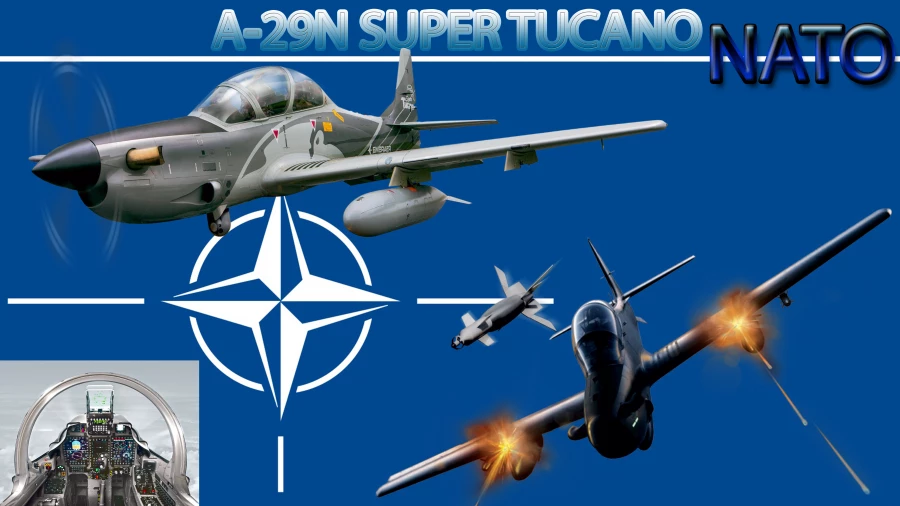
Statements from Embraer executives already appeared in 2018 showing that the company was gestating a new Super Tucano.
To this end, intensive work is underway on the development and systems integration of the A-29N so that it meets the needs of North Atlantic Treaty Organization (NATO) member countries during the development (current), production (upcoming), and operational life support phases.
Embraer in Portugal (read OGMA) and the Portuguese Air Force played an important role during the early years of this development.
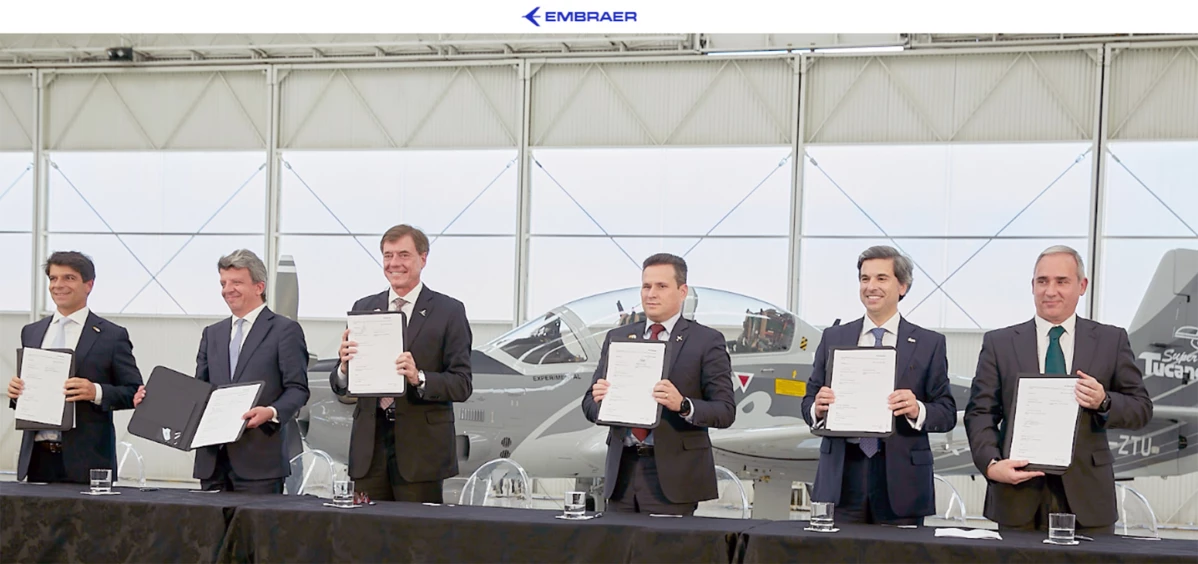
STARTING POINT
The configuration that resulted in the A-29N resulted from EDS’ experience in developing a turboprop platform for the US Air Force LAS Program.
Embraer and the US company Sierra Nevada modified or improved various parts of the aircraft, in addition to introducing new capabilities needed for an agile attack aircraft capable of performing CAS (close air support), fighter-helicopter, light attack, air escort, and border patrol missions, among many others, especially at night.
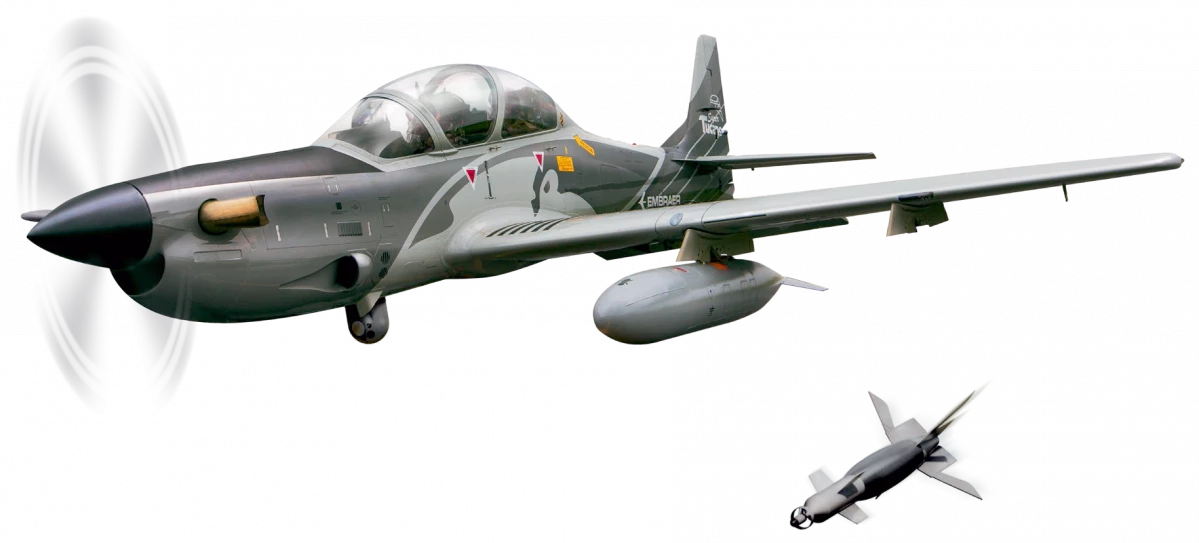
To comply with the LAS Program, the Super Tucano’s fuselage received structural reinforcements and attachment points for lightweight and extremely efficient composite armor plates on the sides of the center fuselage and ventral region below the cockpit.
This will be retained on the A-29N.
The two hardpoints on each wing have been optimized with state-of-the-art digitized hardpoints that recognize the installed armament and update the aircraft’s combat system with data on the amount of available ammunition and are capable of launching bombs and stand-off guided missiles with sufficient range to prevent the aircraft from overflying enemy anti-aircraft defenses.
The new databus being integrated into the A-29N, with its wiring and connections and its native software, processes and makes weapons and sensor data cleanly and quickly available to the pilot on the three multifunction color displays on the front panel and the wide-angle head-up display.
All this prepared for using advanced generation night vision goggles in missions of high operational complexity, using both the older helmet-mounted NVG models and the new systems incorporated in the pilots’ visors.

The A-29N will also feature single-pilot operation capability (when a single pilot commands the aircraft).
Technically, the A-29N should be able to carry and launch, using the wing stations, HellFire/Spike/similar anti-tank guided missiles (airframe for two missiles per station), laser/GPS/radio-guided bombs of various types, loitering munitions or ISR drones, various air-to-surface missiles and air-to-air missiles for self-defense.
The internal and central airframes will be prepared to receive additional and deployable fuel tanks.
Each user country can add armament modules to the central system by uploading software upgrades.
The two 12.7 mm machine guns will be retained, as replacing them with 20 mm guns would mean adding more weight to the aircraft and costly and time-consuming modifications and testing.
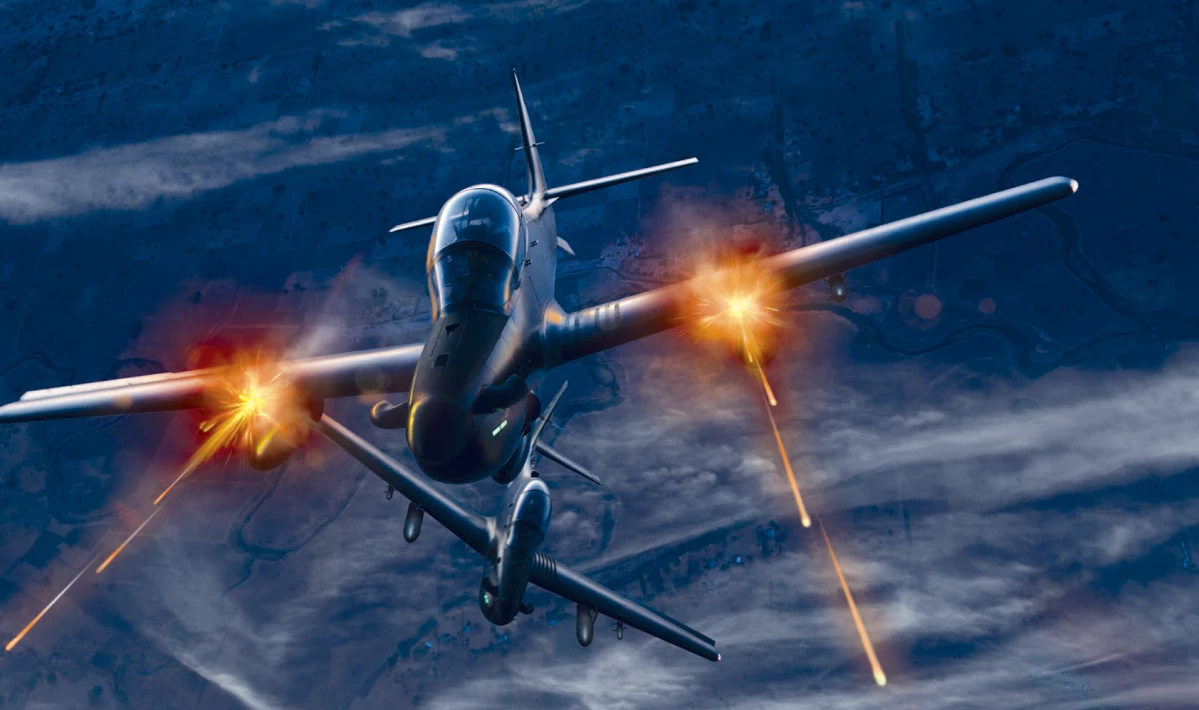
In the belly of the aircraft, closer to the nose, the A-29N will receive a new EOS (electro-optical system) with a laser target designator, infrared cameras, color CCD and thermal vision, long-range, used for automatic detection, designation, and tracking of static and moving targets.
Lightweight and compact, this EOS features gyro stabilization and high image resolution.
Fundamental for night attack missions, this sensor will feature easy integration into the A-29N, low weight, and robust connections to onboard NATO datalink and communications systems, allowing intelligence distribution and in-flight mission execution updates, if required.
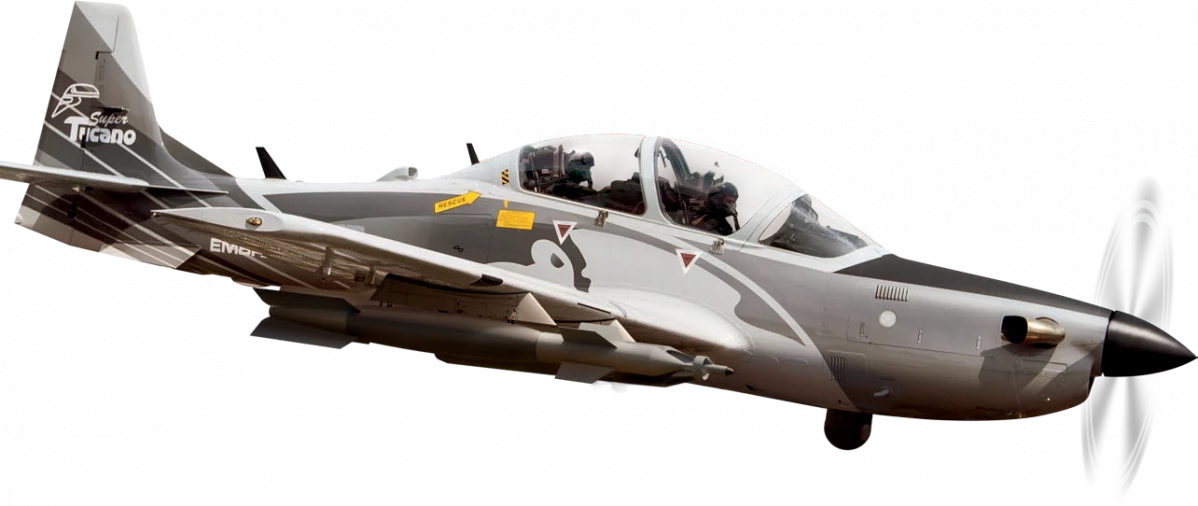
The system is also expected to incorporate the Alliance’s IFF and RWR modes to provide the pilot with situational awareness and real-mission alerting with extensive use of electronic warfare (jamming) to increase the aircraft’s survivability.
The defensive suite will include a MAWS (Missile Alert System), chaff and flare launchers, and decoy capabilities.
The A-29N will leverage Embraer’s experience in aftermarket support for the 260 Super Tucano aircraft delivered, adding NATO standard maintenance optimization.
This maintenance work on the A-29N fleet will possibly be concentrated in Alverca or Beja.
The second airbase is the preferred site for installing an International Training School for pilots from the Alliance and African countries under Portuguese influence (former colonies).
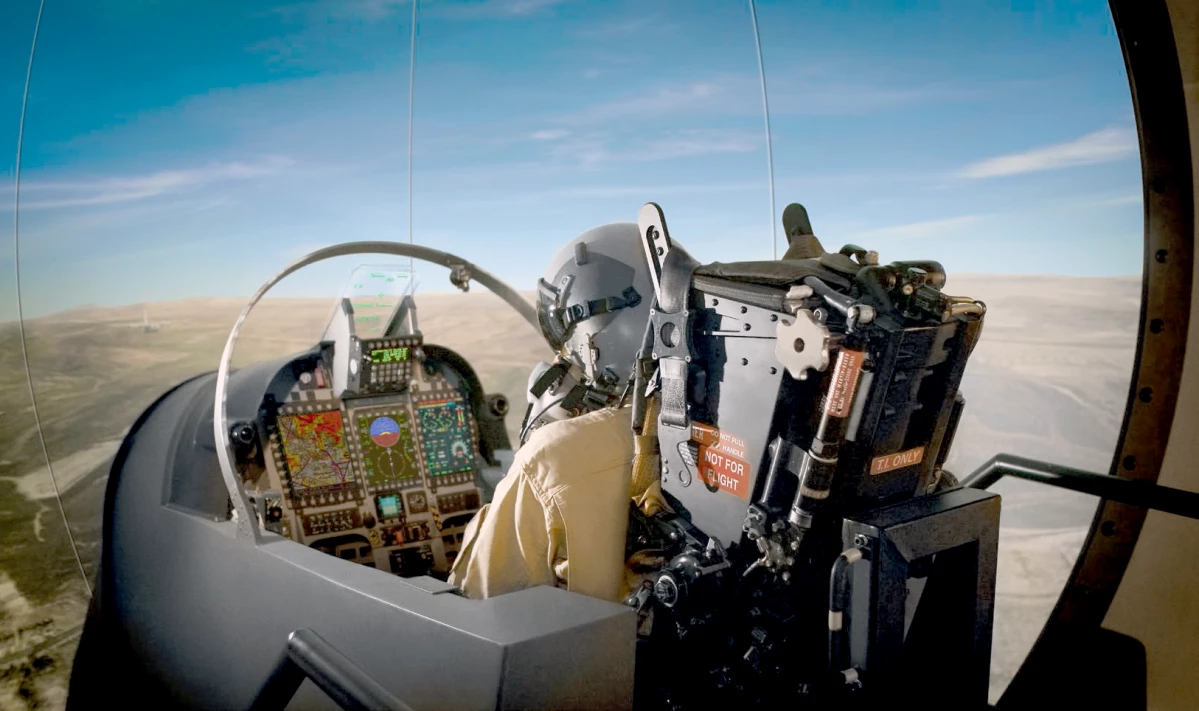
It is important to remember that the A-29N is also a specialized, multi-mission advanced trainer capable of rapidly and qualitatively training pilots who will fly the user nations’ front-line fighters.
Using sophisticated, high-resolution 180° simulators for the A-29N will be essential in this training task, saving valuable flight/fuel hours and reducing fleet attrition.
Fly in the real world only when necessary and imperative.
As for the engine to be used on the A-29N, no details have yet been released, but it is believed that the current fuel, the reliable 1600 h.p.h. Pratt & Whitney PT6A-68C turboprop should be retained, possibly receiving some upgrades to raise its power to 2000 h.p.h.
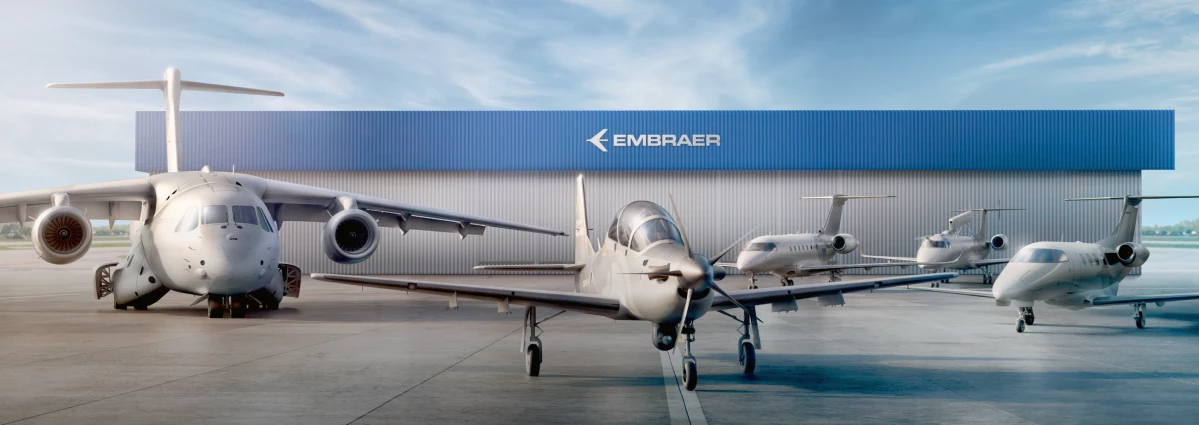
With information from Infodefensa

